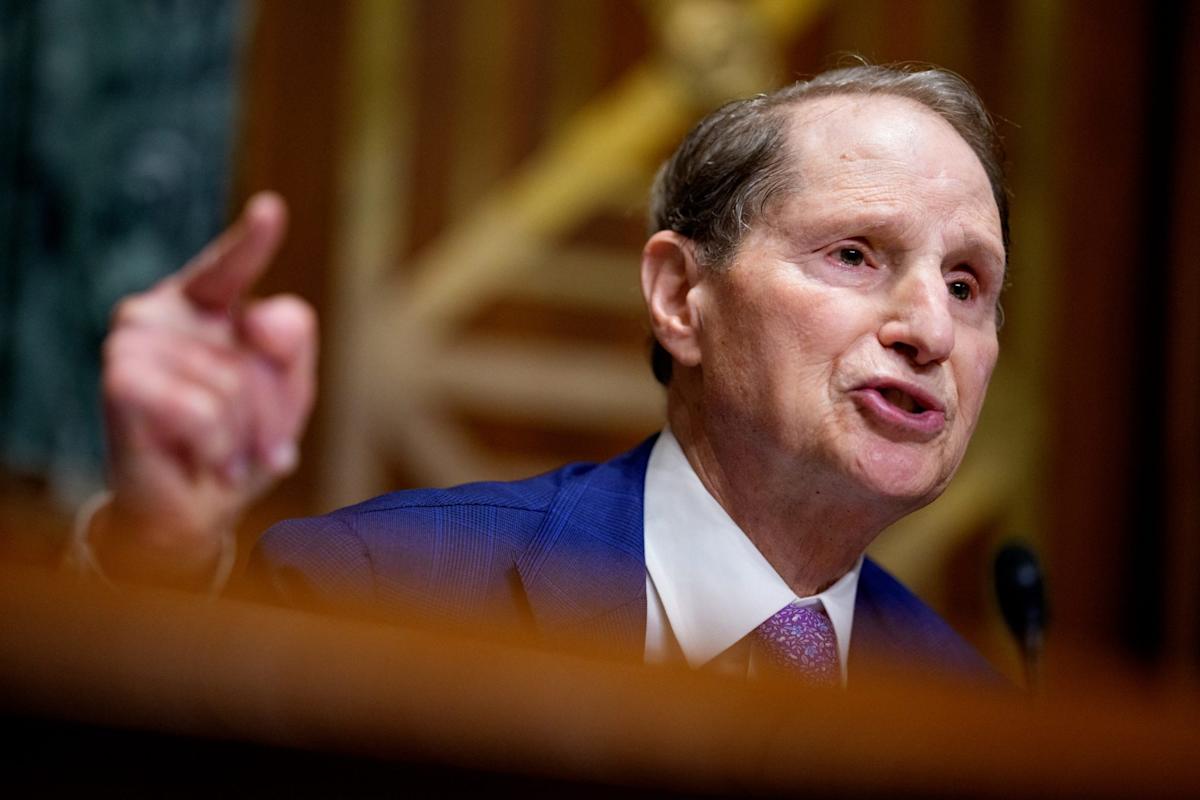Older workers who earn above certain thresholds will soon lose the ability to make pre-tax 401(k) catch-up contributions, a shift that could reshape retirement planning for high earners while leaving core limits intact for everyone else. Starting with tax years beginning after Dec. 31, 2026, catch-up contributions for workers age 50 and older who exceeded $145,000 in prior-year wages must be made on a Roth (after-tax) basis, with the IRS confirming the timeline in final regulations and maintaining a transition period through 2025 for plan administration.
Invest in Gold
Powered by Money.com – Yahoo may earn commission from the links above.
The Roth catch-up change stems from Section 603 of the SECURE 2.0 Act of 2022, which requires age‑50+ catch-up contributions made by higher earners to be designated as Roth (after‑tax) rather than pre‑tax, with the intent of raising near‑term federal revenue while preserving catch‑up access and boosting tax‑free retirement balances over time. The change reflects a bipartisan legislative compromise to fund SECURE 2.0’s broader retirement enhancements by accelerating tax revenue via Roth treatment for high earners’ catch‑ups. It stems from legislation pushed forward by then-Finance Committee Chairman Ron Wyden, who said in 2021 that he was motivated by revelations in ProPublica about Silicon Valley billionaire Peter Thiel’s $5 billion tax-free account. Now every upper-middle-class American retiree will now be impacted by the resulting change.
Congress has set the earnings trigger at more than $145,000 of prior‑year FICA wages from the plan sponsor, indexed for inflation, and directed the Treasury and IRS to issue implementing regulations to operationalize the income look‑back and plan administration details across 401(k), 403(b), and governmental 457(b) plans.
The SECURE 2.0 mandate requires high earners age 50+ to direct catch-up contributions to Roth, meaning taxes are paid now and withdrawals are tax-free later, while those at or below the threshold can still choose pre-tax catch-ups; the $145,000 threshold is indexed to inflation and measured on prior-year wages from the sponsoring employer.
For 2025, the employee deferral limit is $23,500 and the standard age-50+ catch-up is $7,500, with a new “super” catch-up for ages 60–63 of $11,250 (150% of the standard catch-up) that plans may adopt; these amounts are central to near-retiree planning in 2025 and beyond.
Final regulations generally apply in 2027, but compliance with the Roth catch-up requirement is required beginning with the 2026 tax year; plan sponsors could adopt earlier using a reasonable, good-faith interpretation during the transition.

